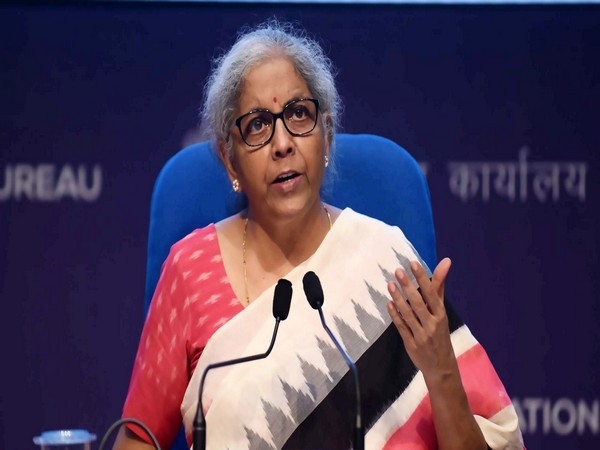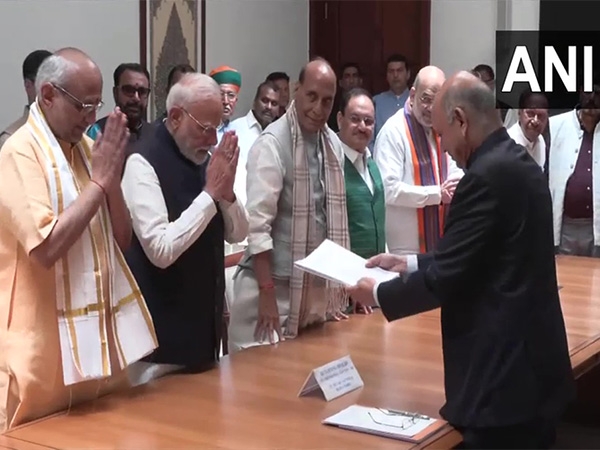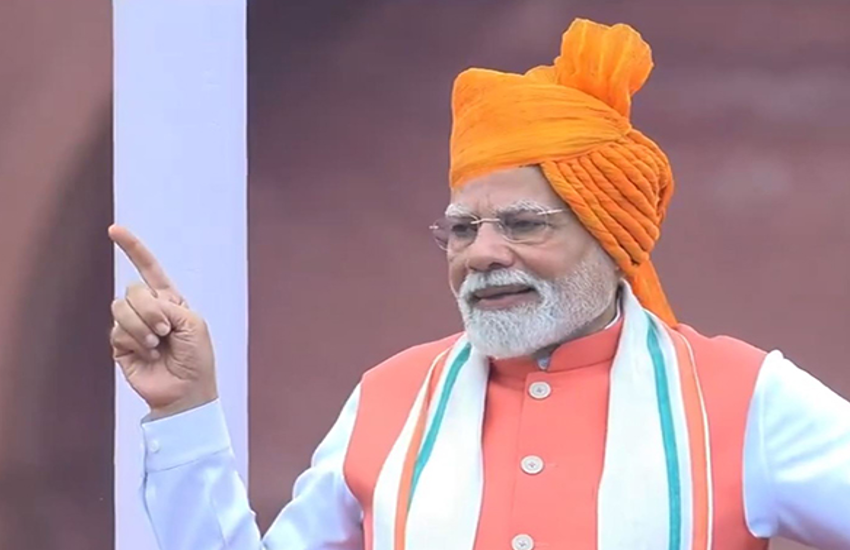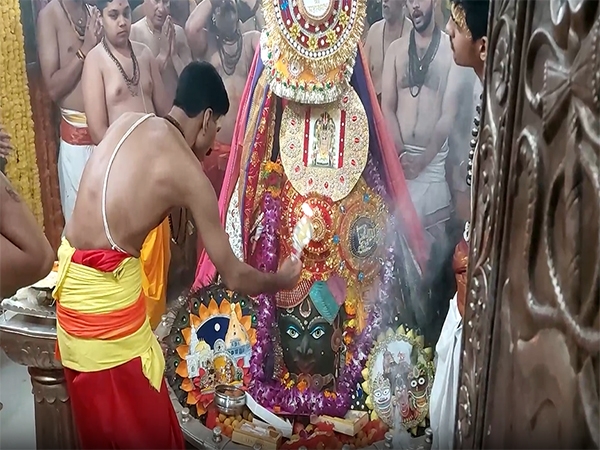Why the Socio Economic Caste Census might carpet bomb India's poor

India awoke to bad news on Friday when the government released its much-awaited provisional data - the Socio Economic Caste Census 2011.
This is the first such survey since the British authorities conducted one in 1932.
If the rich volume of data has to be summarised in a single sentence, it is this - nearly 50% of India's rural households are deprived.
For the first time, the SECC defines "deprivation" in non-monetary terms, taking into consideration some powerful indicators - households with no adult member, households with differently-abled members with no other able-bodied adult member, households with no literate adult above 25 years of age and landless households deriving their income from manual labour.
It's a rude wake up call to know that 8.69 crore households, or nearly half of rural India, face deprivation in some form or another.
"This document will form the basis for helping us target groups for support, in terms of policy planning," said Finance Minister Arun Jaitley while releasing the report. And many policy changes are expected to follow, based on the survey's findings.
Here are 10 things you should know about the SECC. Read until the end to find out why the report could blow up in the faces of India's desperate.
Seventy-three per cent of Indian households live in its villages. That amounts to 17.91 crore households. No amount of rapid urbanisation has tilted the rural-urban balance.
Over 56% of rural households do not own any land, implying they have no asset to fall back upon.
Among those households which do, 40 per cent land is not irrigated. Just four in 100 households own any sort of mechanised agricultural equipment, and one in 10 households own any irrigation equipment. Fewer than 4% have a Kisan Credit Card that entitles them to rural credit amounting to just Rs 50,000 per year.
For 51% of households, manual labour is the primary source of income, leading to a hand-to-mouth existence. This means engaging in work that is unskilled and uncertain.
For an economy which is known to be primarily driven by its agricultural produce, only 30 percent of rural households wholly depend on cultivation. This implies that less than one in three households engages in cultivation as its primary source of income.
In 74% of rural households, the highest-earning member earns less than Rs 5,000 a month, which for an average family size of five, implies living on less than Rs 33 per person per day.
Only 9.68% of rural households have salaried jobs and only 4.58% of these rural households pay income or professional taxes. Even among rich states like Kerala, Tamil Nadu and Maharashtra, this number hovers around the 5% mark.
The survey shows that only 20.7% own a motorised vehicle and 11 percent own a refrigerator. Mobile phone connectivity however, has deepened considerably, with over 68% of rural households owning a mobile phone.
Nearly 44.5% rural households still live in mud-and-thatch houses and one in three families lives in single-room houses.
Fewer than 10% of rural India makes it to higher secondary or above, and just 3.41% of households have a family member who is at least a graduate.
There is a substantial difference in the standard of living of India's Scheduled Castes, Scheduled Tribes and "others". Fewer than 5% of SC and ST households have a main earner who makes more than Rs 10,000 per month, as opposed to twice as many in other households.
About 4.08 lakh households fall back on rag-picking, while 6.68 lakh depend on begging and charity alms to survive.
But that's not the worst part. This caste census could now form the basis for excluding 40% of rural households from availing government entitlements.
- Rural India comprises 17.91 crore households.
- The Caste Census has formulated an "exclusion criteria", which consists of 14 parameters, of which if a rural household ticks off even one, it will be left outside the ambit of government entitlements.
- The 14 parameters include ownership of motorised vehicles, Kisan Credit Card with credit limit of over Rs 50,000, households with members employed by the government and any household with one member earning above Rs 10,000 a month, among others.
- By this measure, it has been calculated that almost 40% of rural households fall under any one of the parameters, making it to the so-called excluded category.
- The implications of this are huge. Unless state governments actively intervene, four in 10 rural households may not be considered for government dole.


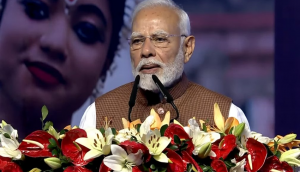


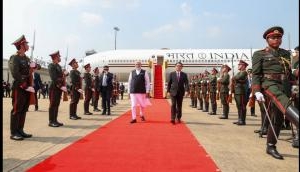
![BJP's Kapil Mishra recreates Shankar Mahadevan’s ‘Breathless’ song to highlight Delhi pollution [WATCH] BJP's Kapil Mishra recreates Shankar Mahadevan’s ‘Breathless’ song to highlight Delhi pollution [WATCH]](https://images.catchnews.com/upload/2022/11/03/kapil-mishra_240884_300x172.png)

![Anupam Kher shares pictures of his toned body on 67th birthday [MUST SEE] Anupam Kher shares pictures of his toned body on 67th birthday [MUST SEE]](https://images.catchnews.com/upload/2022/03/07/Anupam_kher_231145_300x172.jpg)


